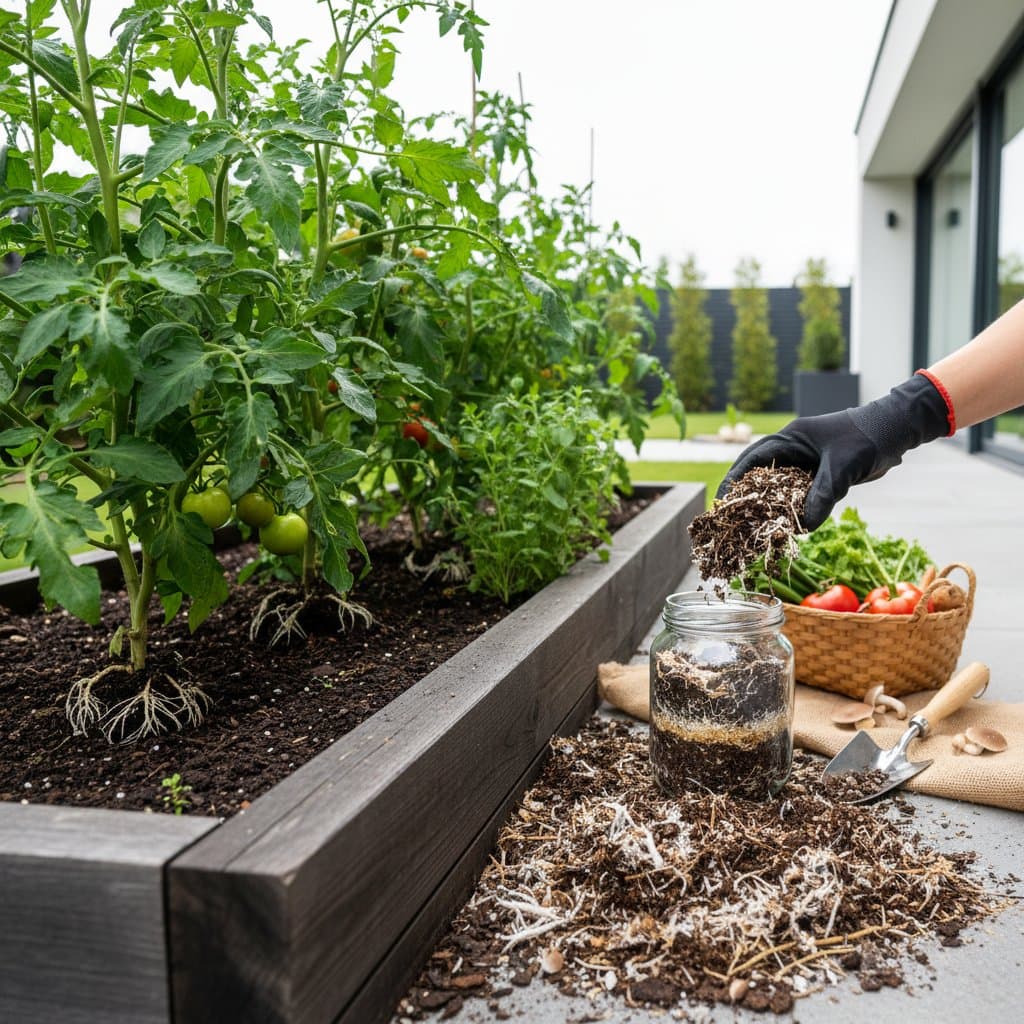Building Resilient Gardens: Thriving Amid Droughts and Floods
Climate variability presents challenges to gardeners, with periods of intense dryness alternating with excessive rainfall. Gardens often bear the brunt of these shifts, prompting questions about sustainability. The solution lies in selecting durable plants and implementing targeted practices to foster an adaptable outdoor environment.
This article outlines robust plant selections capable of withstanding both extremes, complemented by professional strategies and hands-on recommendations for establishing a responsive garden design.
Selecting Plants for Dual Extremes
Certain plants demonstrate exceptional adaptability to fluctuating moisture levels. The following choices offer reliability and aesthetic appeal across varying conditions.
Switchgrass (Panicum virgatum)
Switchgrass features an extensive root network that anchors soil and accesses deep moisture reserves. It flourishes in direct sunlight and accommodates a range of soil types, from heavy clay to loose sand. The plant endures prolonged submersion as well as extended dry periods. Its plume-like seed heads introduce gentle motion to garden edges or open expanses. After initial rooting, supplemental irrigation becomes unnecessary.
Daylilies (Hemerocallis)
Daylilies rank among the most accommodating perennials due to their robust, water-storing root structures. These roots sustain the plant through arid phases, and the pliable leaves recover swiftly from waterlogging. Prolific flowering occurs in diverse hues, demanding little ongoing attention. Position clusters beside paths or integrate with low-growing companions to achieve enduring seasonal vibrancy.
Black-Eyed Susan (Rudbeckia hirta)
Black-eyed Susan manages moist and arid soils effectively. Firm stems prevent collapse under rainfall, while vivid yellow blooms invite pollinating insects. The plant propagates through self-sowing, ensuring persistent coverage. Arrange in groups to evoke a naturalistic meadow effect.
Joe Pye Weed (Eutrochium purpureum)
Joe Pye weed suits areas prone to water accumulation, such as rain gardens, and tolerates drought following root development. Towering clusters of blooms attract butterflies and deliver extended summer interest. Sturdy architecture maintains form in saturated environments.
Coneflowers (Echinacea species)
Coneflowers exhibit versatility across environmental stresses. Taproots penetrate deeply to secure hydration, and the rigid framework withstands gusts and downpours. These plants complement grasses and yield durable flowers suitable for arrangements.
Red Twig Dogwood (Cornus sericea)
Red twig dogwood excels in moist zones while enduring dry intervals. Striking crimson branches provide winter accents, and the root system fortifies erosion-vulnerable sites. Employ it to delineate boundaries or form informal barriers.
Implementing Efficient Water Management
Even hardy gardens benefit from deliberate hydration approaches, particularly during plant establishment. Apply water deeply but sparingly to promote downward root extension, enhancing long-term independence. Opt for drip lines or soaker hoses to target soil delivery and minimize surface loss.
In periods of intense precipitation, inspect for standing water. If accumulation persists beyond 24 hours, pierce the soil lightly with a fork to introduce air and avert root decay. Monitor site-specific behaviors over seasons to identify quick-draining versus retention-prone areas. Relocate plants to match these traits rather than altering the terrain extensively.
Establishing Sustainable Care Routines
While resilient designs demand less intervention over time, consistent practices ensure equilibrium. Prioritize the following steps:
- Apply mulch in layers of two to three inches using organic materials. This layer moderates soil temperatures and curbs moisture loss.
- Prune judiciously, retaining select seed heads and stalks into winter. Such remnants shield roots and supply avian forage.
- Track water movement post-rainfall. Document retention zones and rapid runoff to inform future adjustments in elevation or species selection.
- Enrich soil through annual compost applications. Avoid chemical fertilizers prone to leaching during storms.
As routines integrate, the garden evolves toward self-regulation. Plants demonstrate adaptation, propagation, and natural infilling.
Embracing the Adaptive Garden Ecosystem
A fully realized resilient garden transcends mere planting. It functions as an interconnected network responsive to meteorological, faunal, and temporal influences. Wetter or drier years prompt seamless adjustments.
Landscape designer Erin Chase observes, "A resilient garden is a teacher. It shows that flexibility is strength."
Begin with modest plantings, maintain attentiveness, and allow environmental cues to inform progress. This approach yields not only visual appeal but a robust haven resilient to natural fluctuations.




